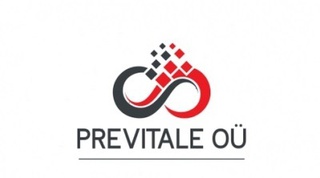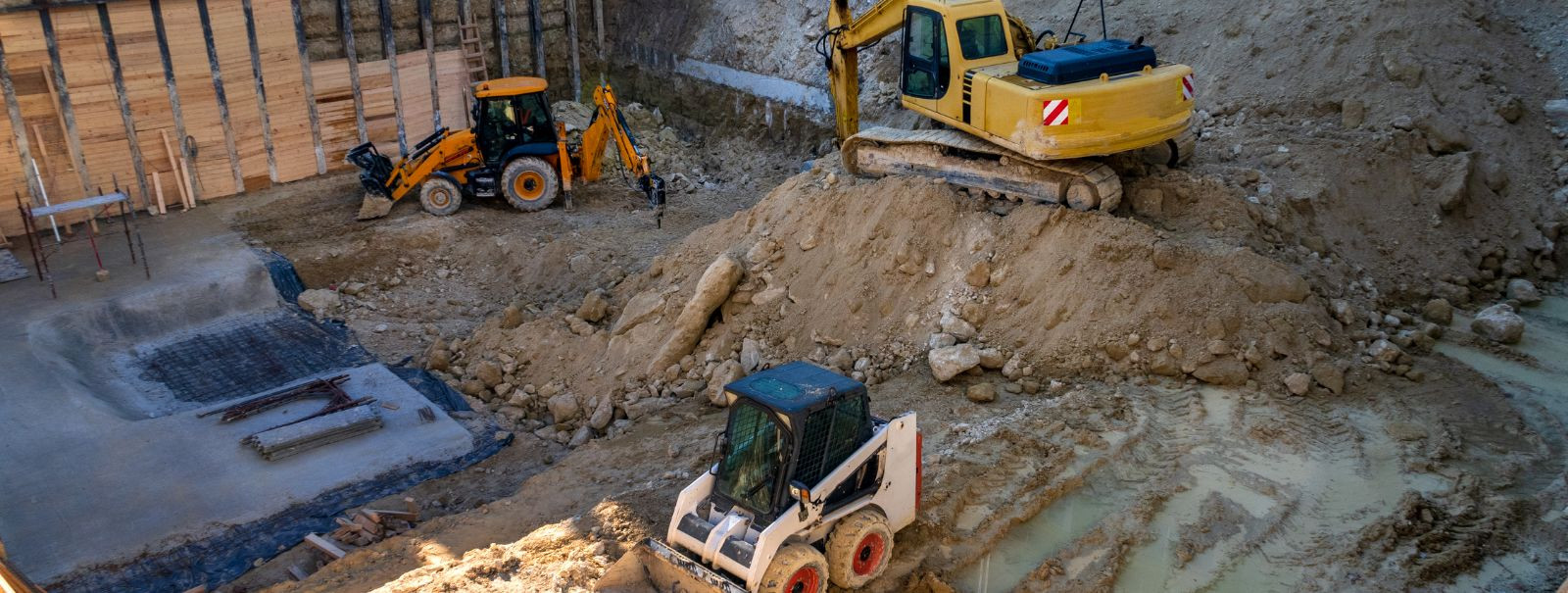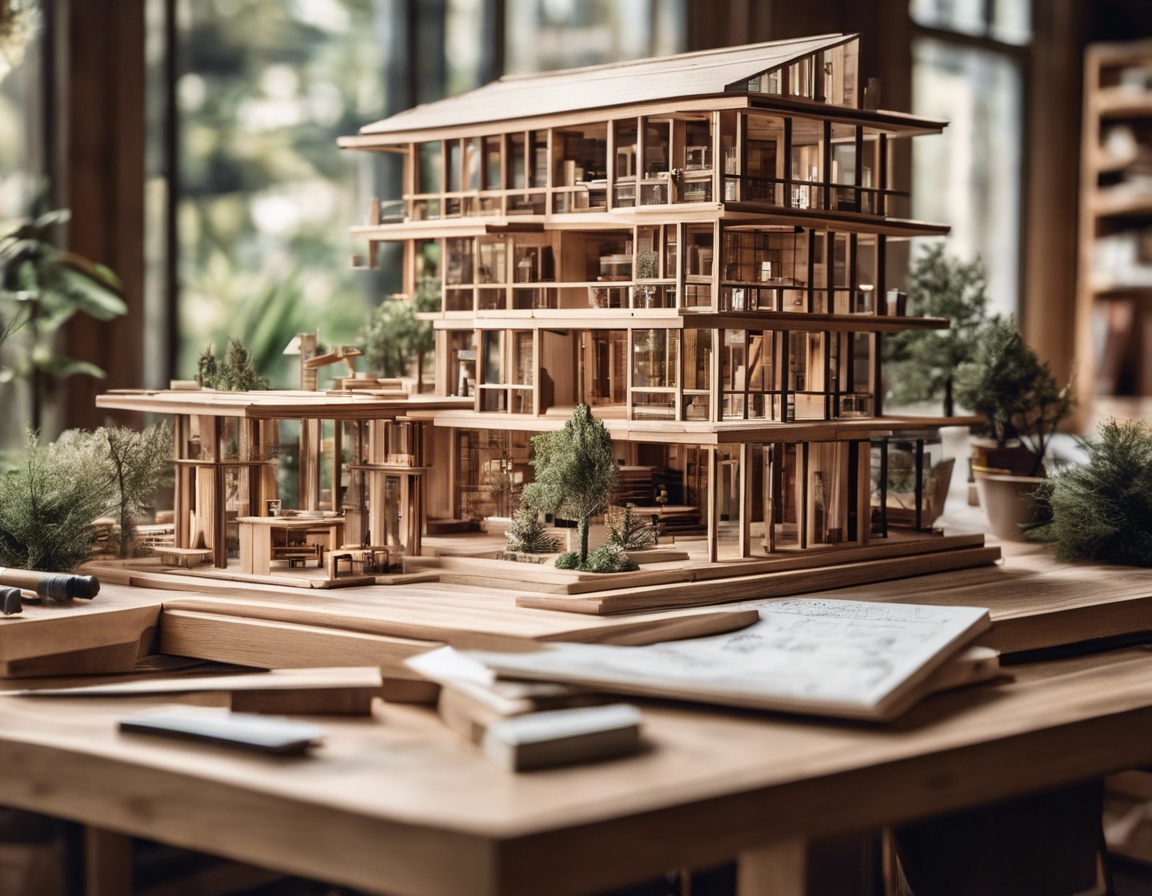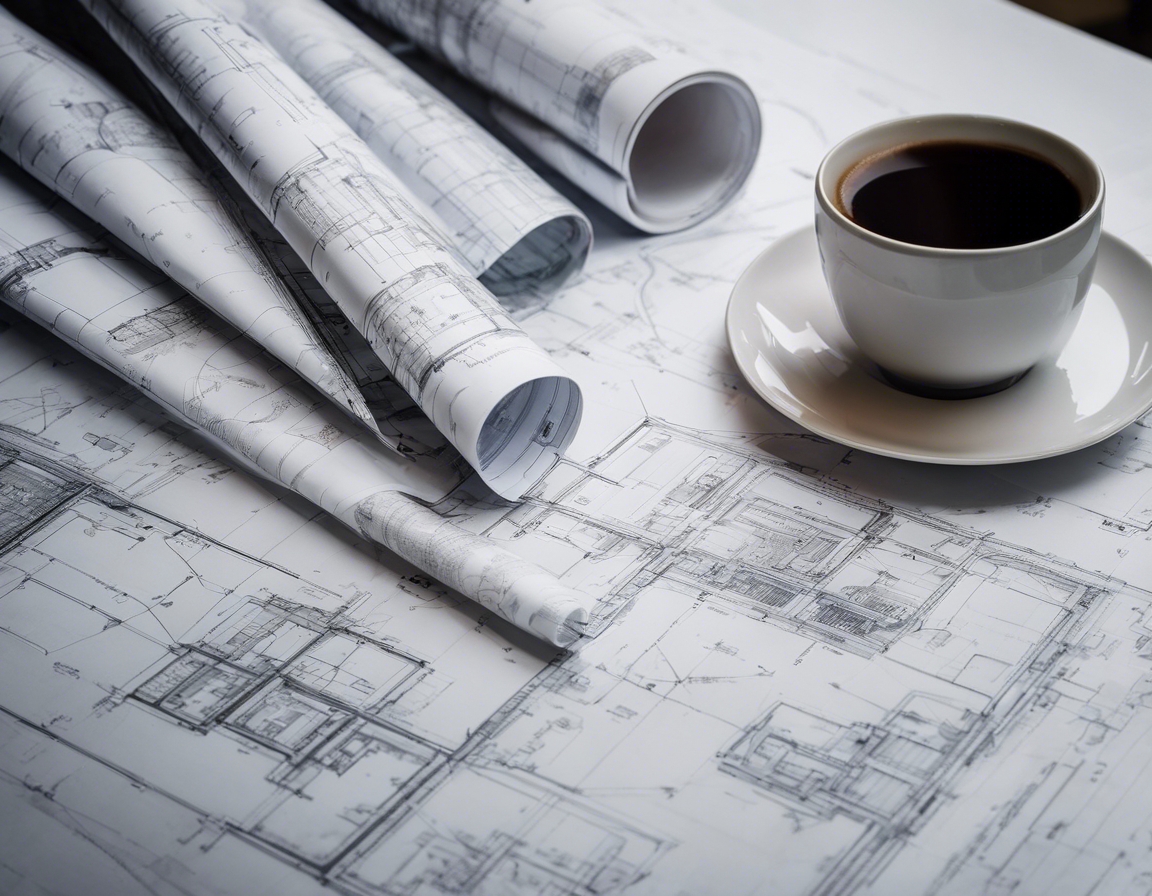The future of sustainable construction
Sustainable construction is a transformative approach that integrates environmental, social, and economic considerations into the building process. It aims to minimize the negative impact of construction activities on the environment while enhancing the quality of life for communities. As the world grapples with climate change and resource depletion, sustainable construction has emerged as a critical component in the quest for a more sustainable future.
2. Current Trends in Sustainable Construction
The use of green building materials is a cornerstone of sustainable construction. These materials are sourced responsibly, have a low environmental impact, and often contribute to improved indoor air quality. Innovations in this area include the development of bio-based materials, recycled content products, and materials with enhanced durability and performance. Property developers and architects are increasingly opting for materials like bamboo, recycled steel, and low-VOC paints to reduce the carbon footprint of their projects.
Energy efficiency is a key focus in sustainable construction, with buildings designed to consume less energy through improved insulation, advanced HVAC systems, and energy-efficient lighting. The integration of renewable energy sources, such as solar panels and wind turbines, further enhances a building's sustainability profile. These technologies not only reduce reliance on fossil fuels but also offer long-term cost savings for property owners.
Water conservation is another critical aspect of sustainable construction. Techniques such as rainwater harvesting, greywater recycling, and the use of low-flow fixtures help reduce water consumption in buildings. These practices are essential in urban areas where water scarcity is a growing concern. By implementing water-efficient designs, developers can contribute to the sustainable management of this vital resource.
3. Innovations Shaping the Future
Smart building technologies are revolutionizing the construction industry by enhancing the efficiency and sustainability of buildings. These technologies include IoT-enabled systems that monitor and optimize energy use, smart thermostats, and automated lighting controls. By leveraging data and connectivity, smart buildings can significantly reduce energy consumption and improve occupant comfort.
Modular and prefabricated construction methods are gaining traction as sustainable alternatives to traditional building practices. These methods involve constructing building components off-site in controlled environments, which reduces waste, shortens construction timelines, and minimizes site disruption. Prefabrication also allows for greater precision and quality control, resulting in more sustainable and resilient structures.
The circular economy model is increasingly being applied to the construction industry, promoting the reuse and recycling of materials to minimize waste. This approach encourages the design of buildings with end-of-life considerations in mind, ensuring that materials can be easily dismantled and repurposed. By adopting circular economy principles, the construction sector can significantly reduce its environmental impact and contribute to a more sustainable future.
4. Challenges and Opportunities
The transition to sustainable construction is influenced by regulatory and policy frameworks that set standards and incentives for green building practices. Governments and industry bodies are increasingly implementing regulations that promote energy efficiency, waste reduction, and sustainable material use. Navigating these frameworks presents both challenges and opportunities for developers and architects committed to sustainability.
While sustainable construction often involves higher upfront costs, the long-term economic benefits are substantial. Energy savings, reduced maintenance costs, and increased property values are some of the financial advantages of sustainable buildings. Developers and businesses must weigh these benefits against initial investments to make informed decisions about sustainable construction projects.
Sustainable construction has far-reaching social and cultural impacts, contributing to healthier living environments and fostering community well-being. By prioritizing sustainability, developers can create spaces that enhance quality of life and promote social equity. Engaging with communities and stakeholders is essential to ensure that sustainable construction projects meet the diverse needs and aspirations of urban and suburban populations.






Comments (0)